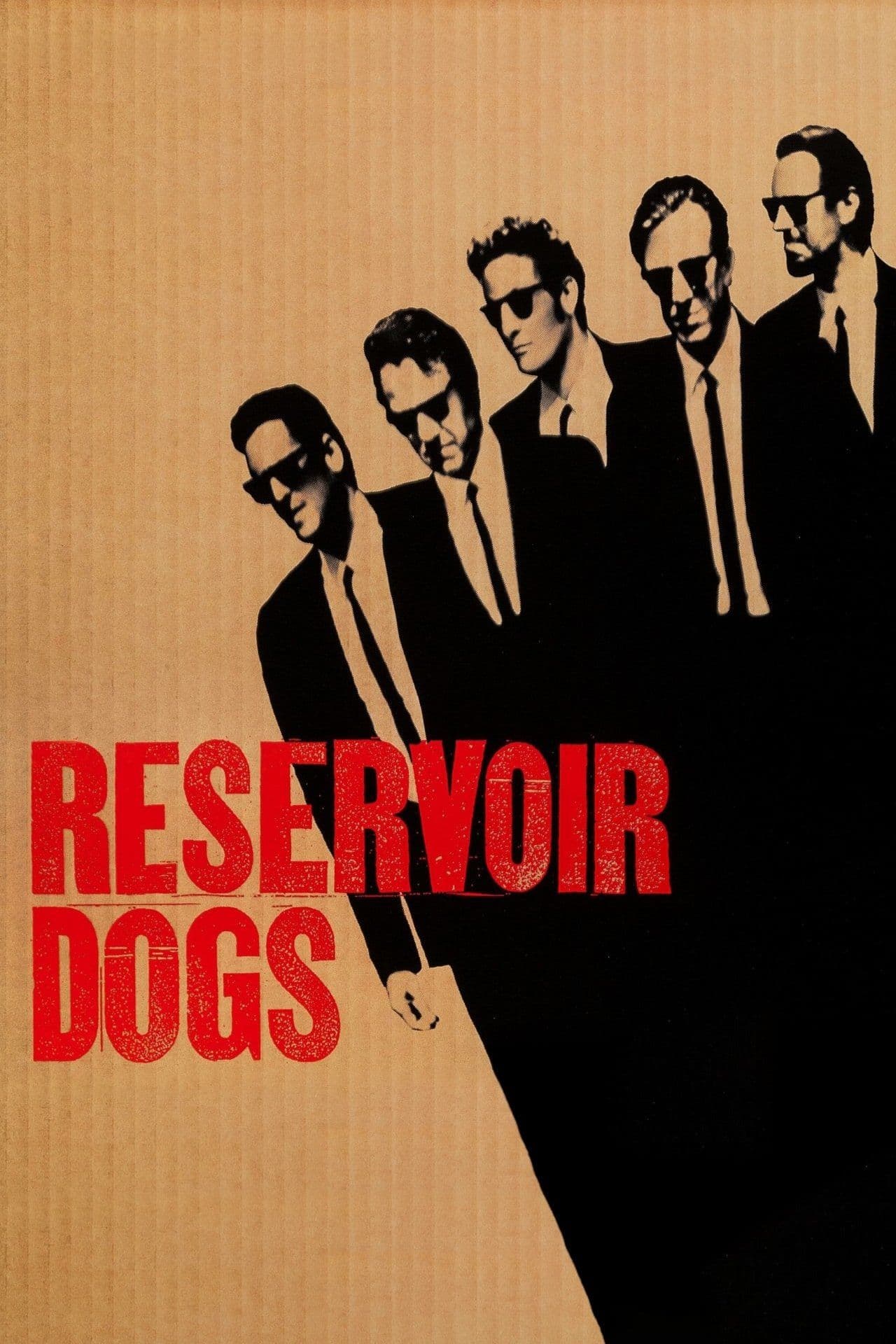
Reservoir Dogs
1992
Rate this movie
Average: 0.00 / 5
(0 votes)
Director
The film that revealed Quentin Tarantino's talent to the world is an incredible hotbed of talent: first and foremost, Tarantino's own in writing and directing, then a consistently superb cast: from the neurotic Steve Buscemi to the apprehensive Harvey Keitel, from the psychopathic Michael Madsen to the stoic Tim Roth. Already in this debut film, which shone at the Sundance Film Festival like a rough diamond, the authorial identity that would soon redefine contemporary cinema emerged disruptively. It was not just brilliant writing or sharp direction, but a perfectly orchestrated symphony of pop obsessions, dialogues that elevate the mundane to philosophy, and a fascination with violence as the ultimate expression of human dynamics. The cast, moreover, is a mosaic of criminal archetypes, each embodied with surprising depth: Buscemi, with his anxious loquacity and his search for logic even in the absurd, Keitel, whose aura of a seasoned veteran confers ambiguous authority and a semblance of morality, Madsen, a figure of pure and chilling evil, and Roth, whose inner torment gradually unfolds, making him our tragic point of view into the abyss of conspiracy.
A film that darts between flashbacks and reality, with memorable dialogues and situations, constructed to be a mystery story with asynchronous narration that moves smoothly from present to past without any forced transitions. This temporal deconstruction is not mere stylistic virtuosity, but a narrative mechanism that amplifies uncertainty and paranoia, immersing the viewer in a labyrinth of fragmented truths, where every memory is a piece of a bloody puzzle. It is a technique that reflects the very nature of crime, often disjointed and chaotic, and the difficulty of discerning truth from falsehood when trust is a luxury no one can afford.
A gang of professionals prepares for a diamond store heist; something, however, goes wrong during the robbery. Their presumed professionalism, however, crumbles from the very first minutes, revealing a human fragility and unexpected clumsiness that makes them far more like ordinary desperate individuals than impeccable classic noir figures, subverting expectations and blurring the line between criminal myth and crude reality.
The bandits who are part of the group were chosen by Joe, the elderly local boss, without them knowing each other. Each of them will assume a fictitious name so as not to provide information to the police in case of capture: Mr. White, Mr. Pink, Mr. Orange, and so on. This choice of anonymity, intended to protect them, paradoxically ends up exacerbating their alienation and mutual distrust, laying the groundwork for the claustrophobic drama that will unfold in the warehouse. Their entire identity is reduced to a color, an abstraction that prefaces the dehumanization that violence and paranoia will bring to fruition, transforming them from individuals into pawns in a deadly game.
The present narrative plane is the established rendezvous point after the robbery: an old abandoned warehouse. One after another, the bandits reach the rendezvous point, distraught by the shootout they escaped, some of them wounded. They gradually realize that there must be a police informant among them, because the heist was actually a gigantic trap with police officers stationed everywhere. Thus begins a ruthless confrontation among the criminals to discover who the traitor is. This cramped and claustrophobic setting becomes the crucible where masks of honesty and the last vestiges of professionalism merge and dissolve, transforming into a cruel psychological arena. The search for the infiltrator is not just a plot device, but the catalyst for a moral implosion, a brutal exploration of the concept of loyalty in a world without honor, where paranoia is the only currency.
The use of temporal scanning is interesting, anticipating in some ways the technique used in Pulp Fiction: the action is divided into flashes and fragmented into dozens of temporal references and personal memories. The final result, however, is thoroughly enjoyable and, in fact, intrigues the viewer because it actively engages them in reconstructing the narrative. Tarantino's ability to distort narrative linearity, inspired in part by Jean-Pierre Melville's French noir cinema, by the dynamics of trust and betrayal in Hong Kong cinema, as in the case of Ringo Lam's City on Fire, and perhaps even by the ambiguity of truth explored in Kurosawa's Rashomon, is never an end in itself. It serves to build an active, almost forensic viewing experience, where every temporal fragment is evidence, every dialogue a potential revelation. The film, in this sense, is a post-modern symphony that blends cinematic quotes, musical references, and raw language, elevating pop culture into a tool for social and psychological analysis.
A true masterclass in cinema, a powerful work, dense with violent surges and more or less learned allusions. Its "learned allusions" are flashes of genius that add depth, transforming what could be a simple heist movie into a stratified work on the nature of violence, identity, and loyalty. It contributed to forging the myth of 1990s American independent cinema, paving the way for a new generation of filmmakers with a bold and uncompromising vision.
Dozens of sequences are memorable, perhaps the most disturbing is the scene where Mr. Blonde (Michael Madsen) tortures a police officer captured during the escape. The police officer is tied to a chair, center stage, with duct tape over his mouth, bathed in a mask of blood. His terrified eyes follow Mr. Blonde as he turns on the radio and approaches him, dancing, with a razor in his hand. In Mr. Blonde's eyes there is amusement, sadism, even quiet composure: as he severs the police officer's ear, he continues to dance and smile to the notes of Stealers Wheel's "Stuck in the Middle with You". This sequence is the epicenter of the film's controversy and genius. Tarantino, with an almost diabolical mastery, does not show the brutal act itself, but its sonic and visual echo, focusing on the police officer's reaction and, above all, on Mr. Blonde's unsettling nonchalance. The choice to accompany such an act of brutal violence with a cheerful pop melody is not merely an aesthetic provocation; it is a statement on the banality of evil, on the human capacity to dehumanize others to the point of committing atrocities with an almost choreographic serenity. Mr. Blonde's dance, poised between the grotesque and the terrifying, becomes a visual metaphor for his total absence of empathy, a display of power that annihilates all moral limits. It is a moment that imprints itself indelibly on the viewer's memory, not for its explicit brutality, but for its chilling representation of a disturbed criminal psyche, making Mr. Blonde one of the most iconic and disturbing figures in the entire modern cinematic landscape. In this detail lies the inescapable power of a work that marked a watershed, propelling Tarantino into the pantheon of new masters and inaugurating an aesthetic that would dominate the subsequent decade.
Country
Gallery
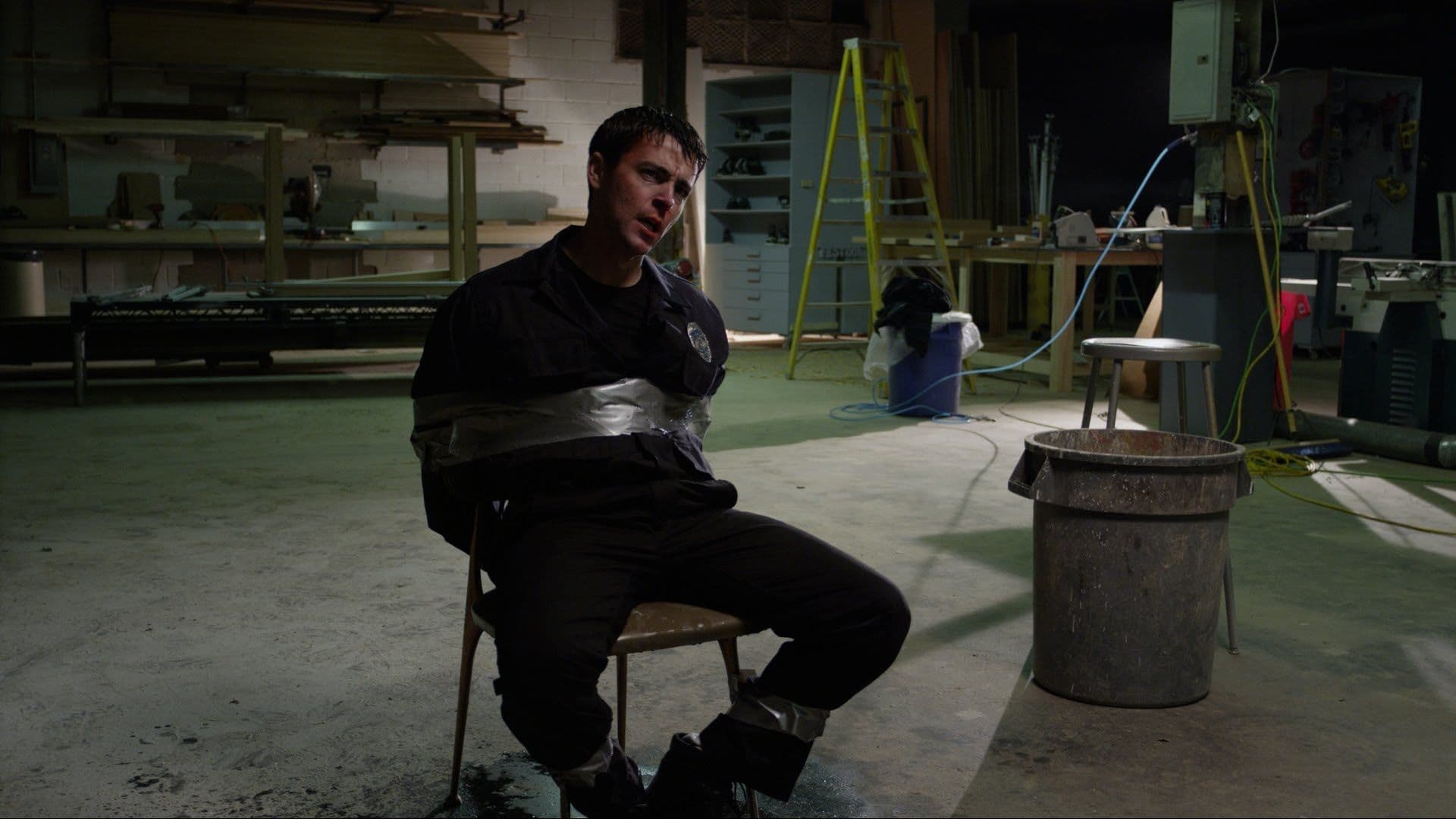


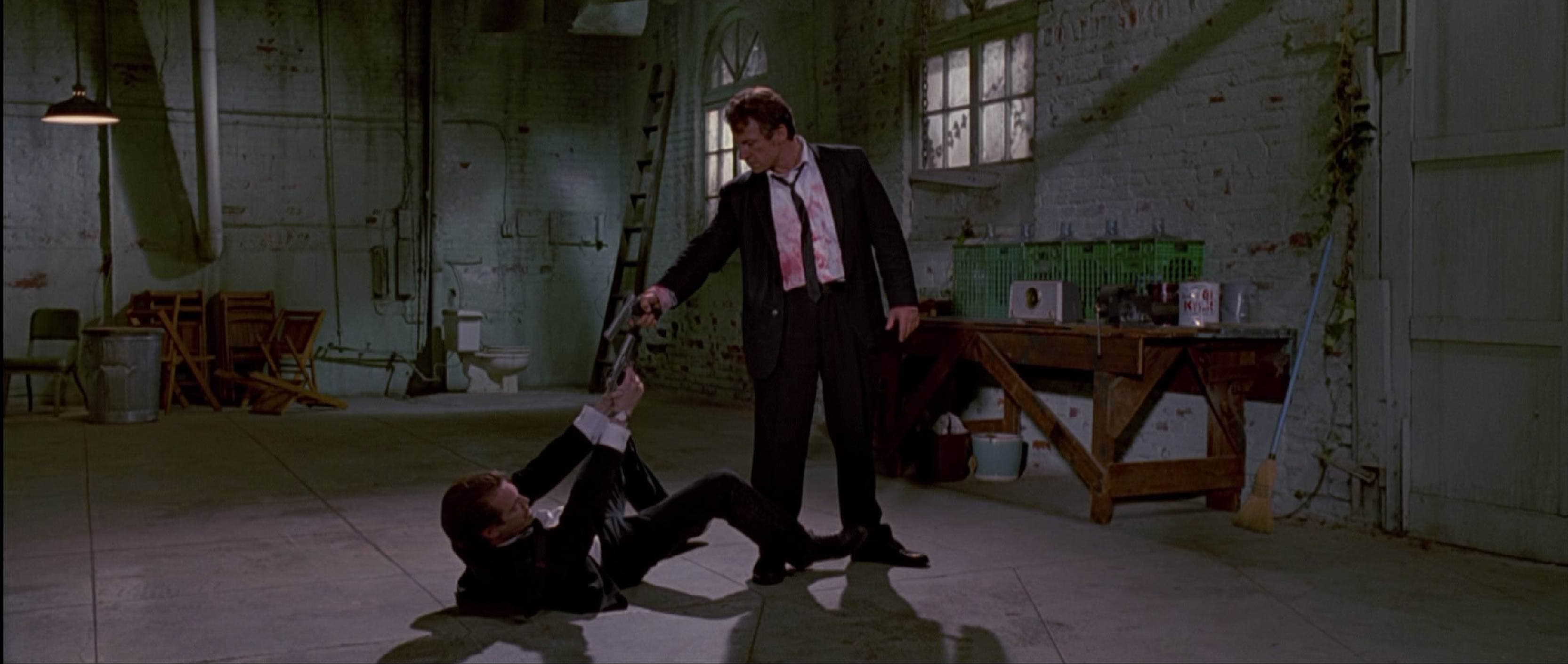
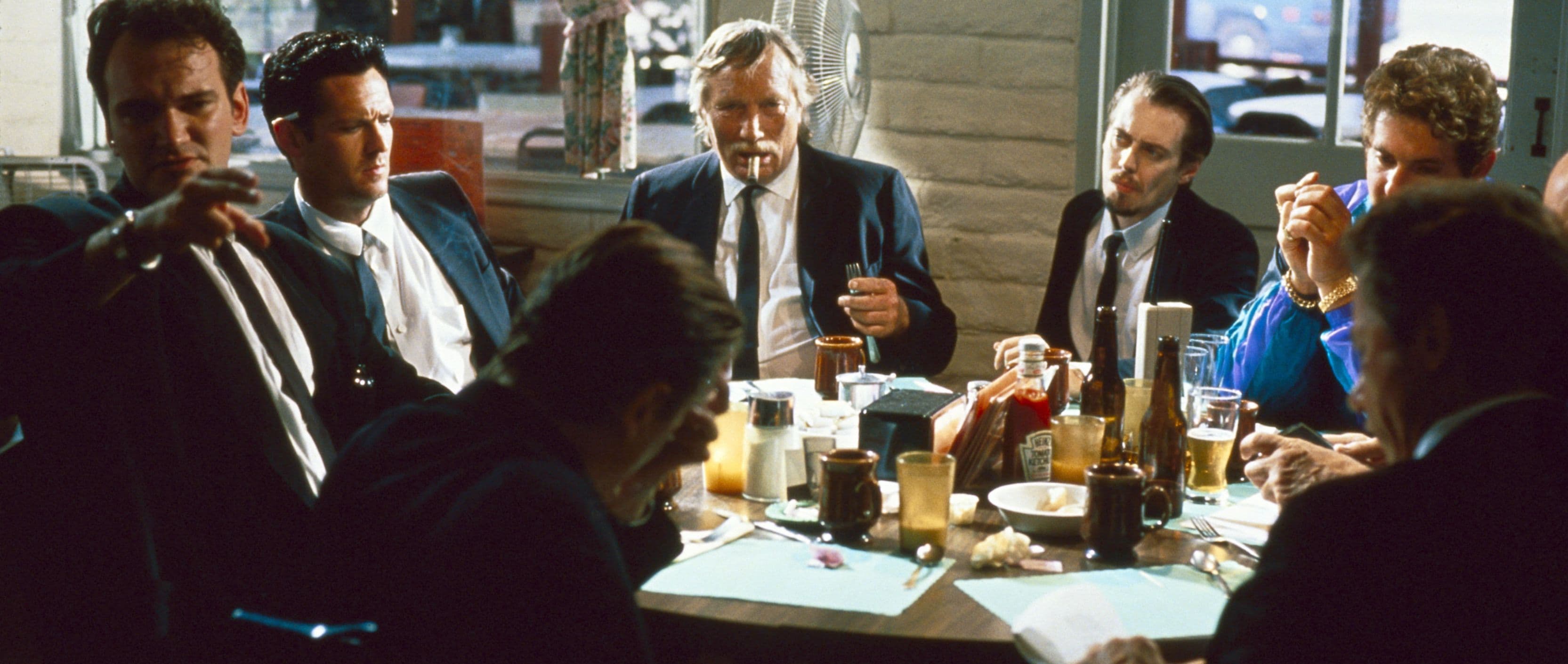
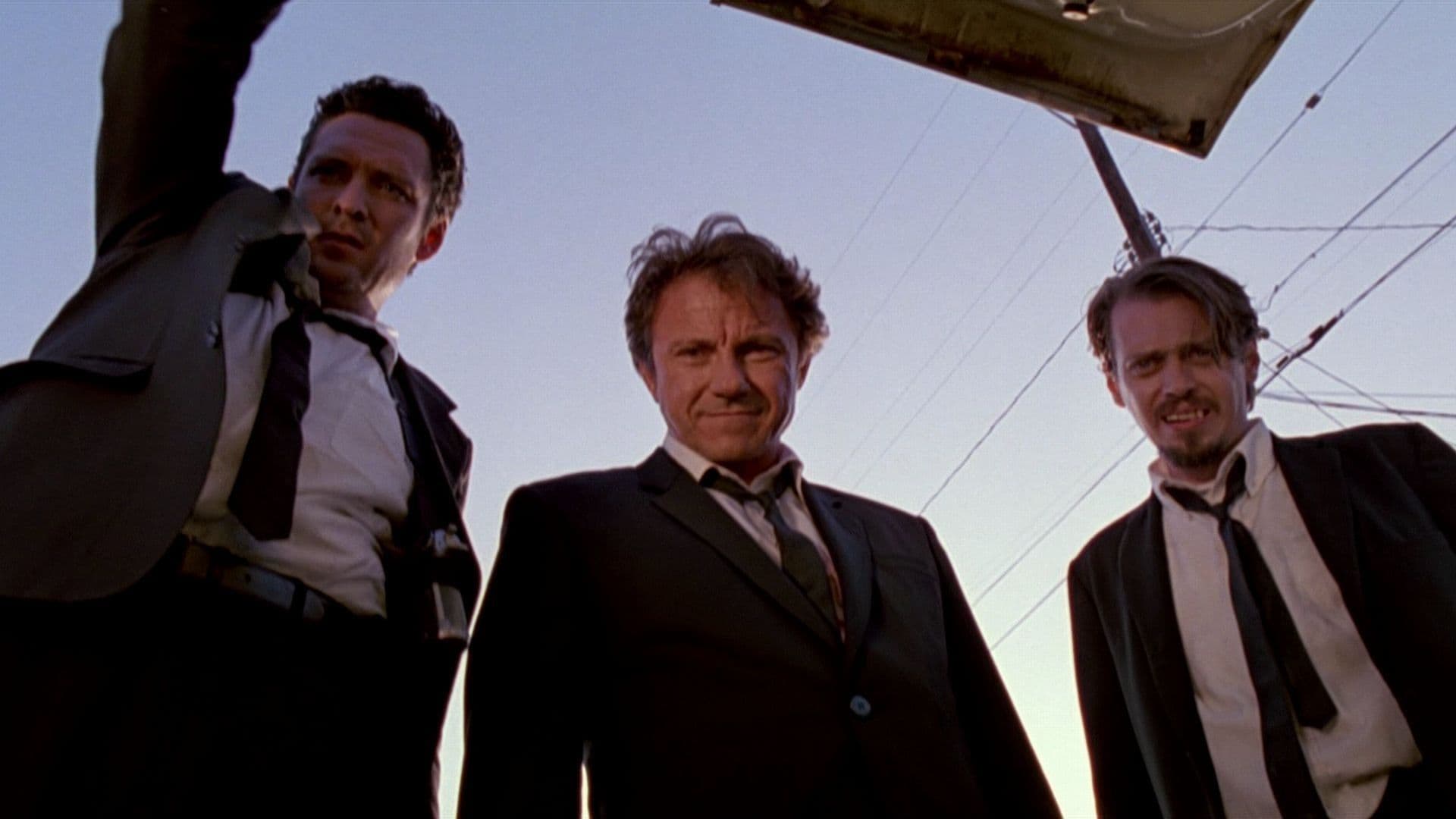

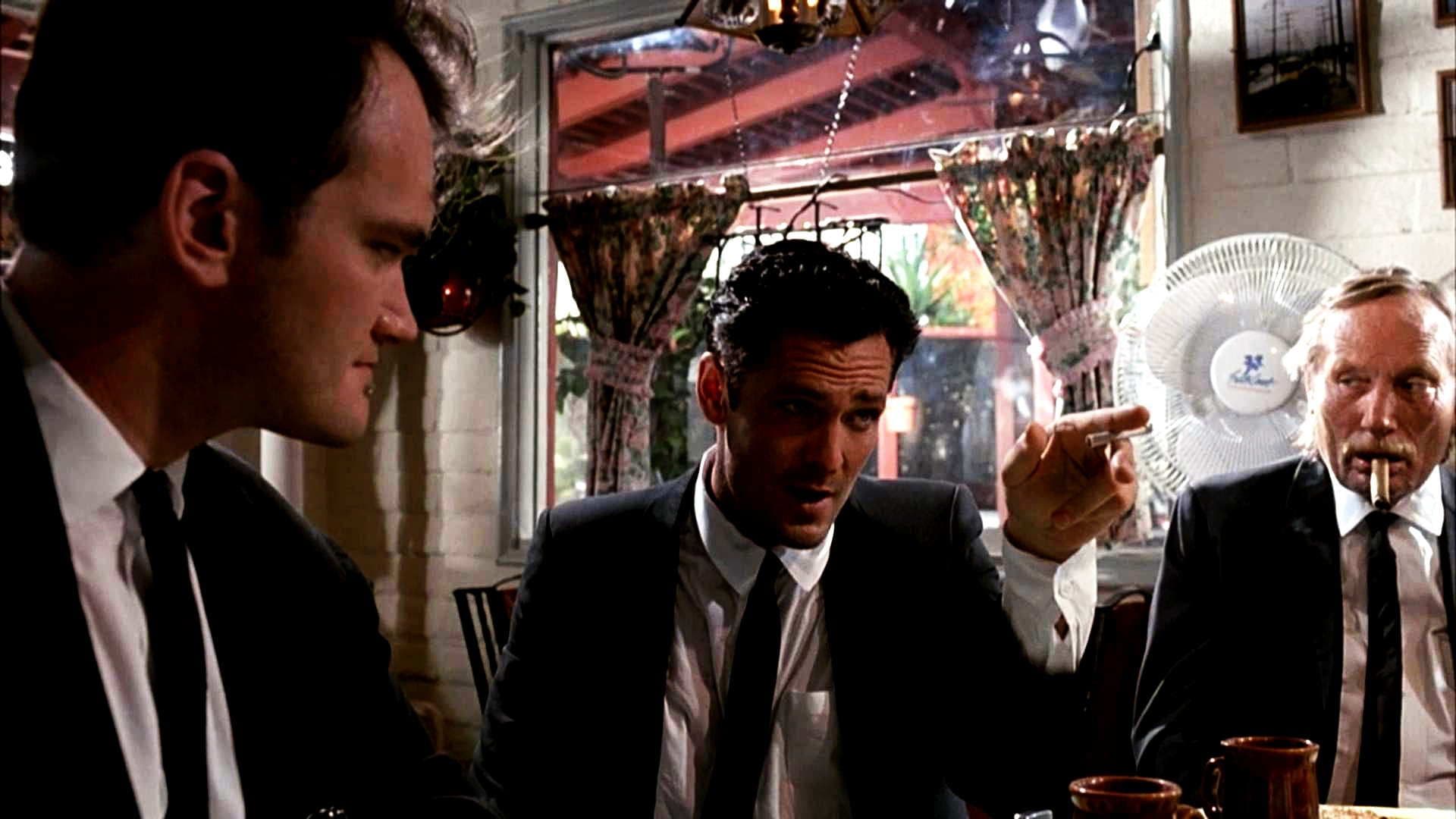
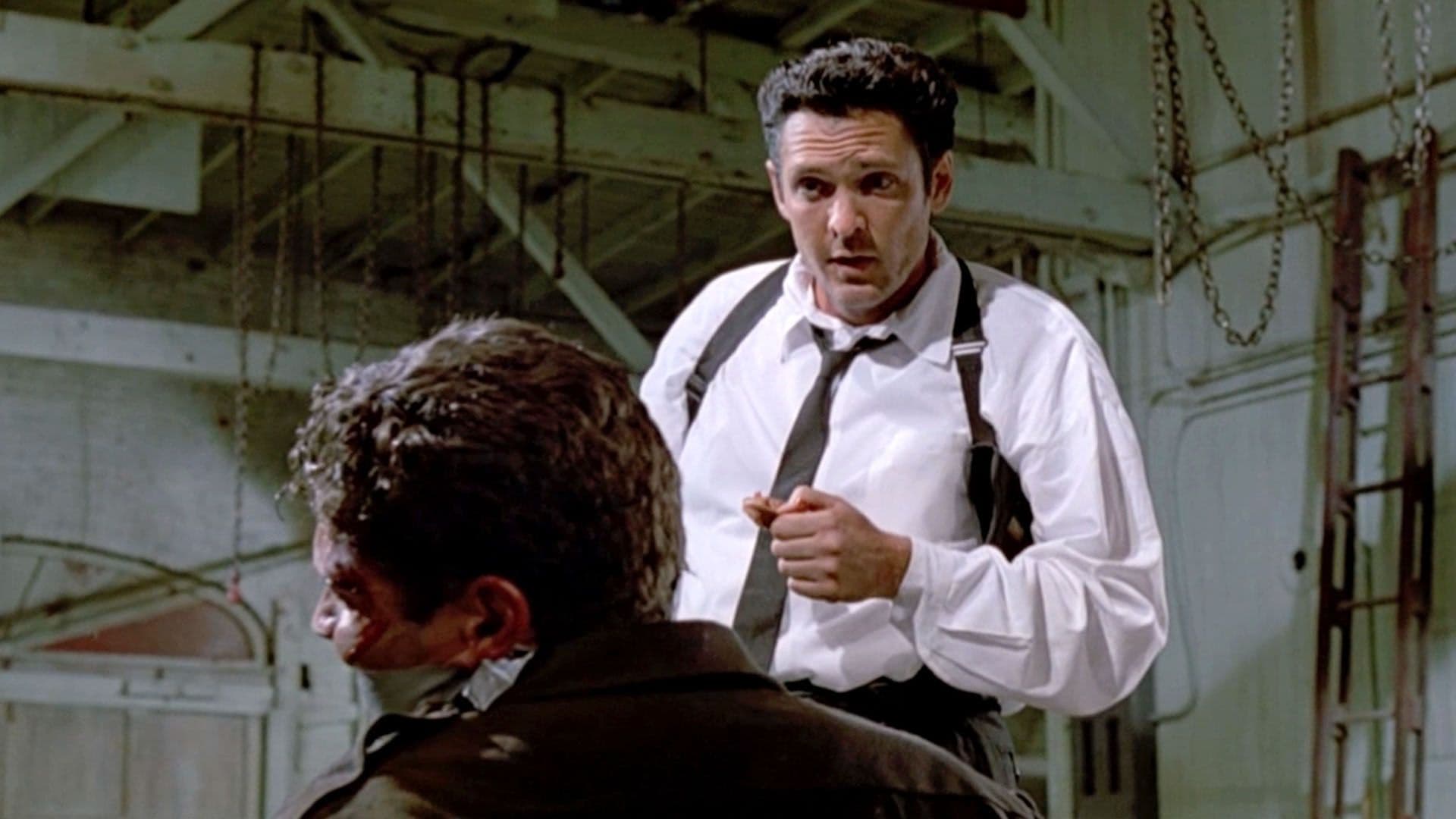
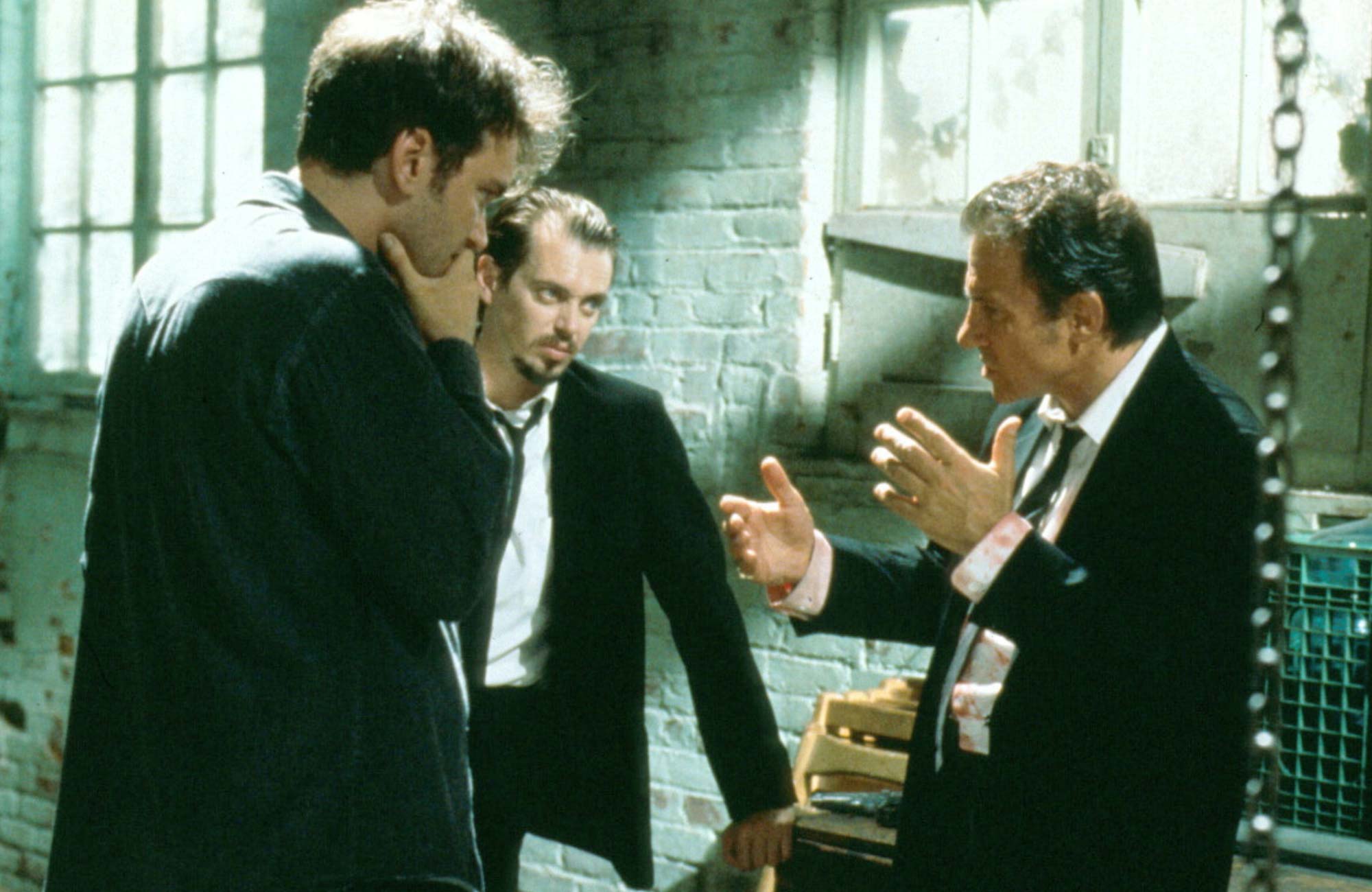

Featured Videos
Official Trailer
Comments
Loading comments...